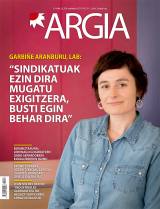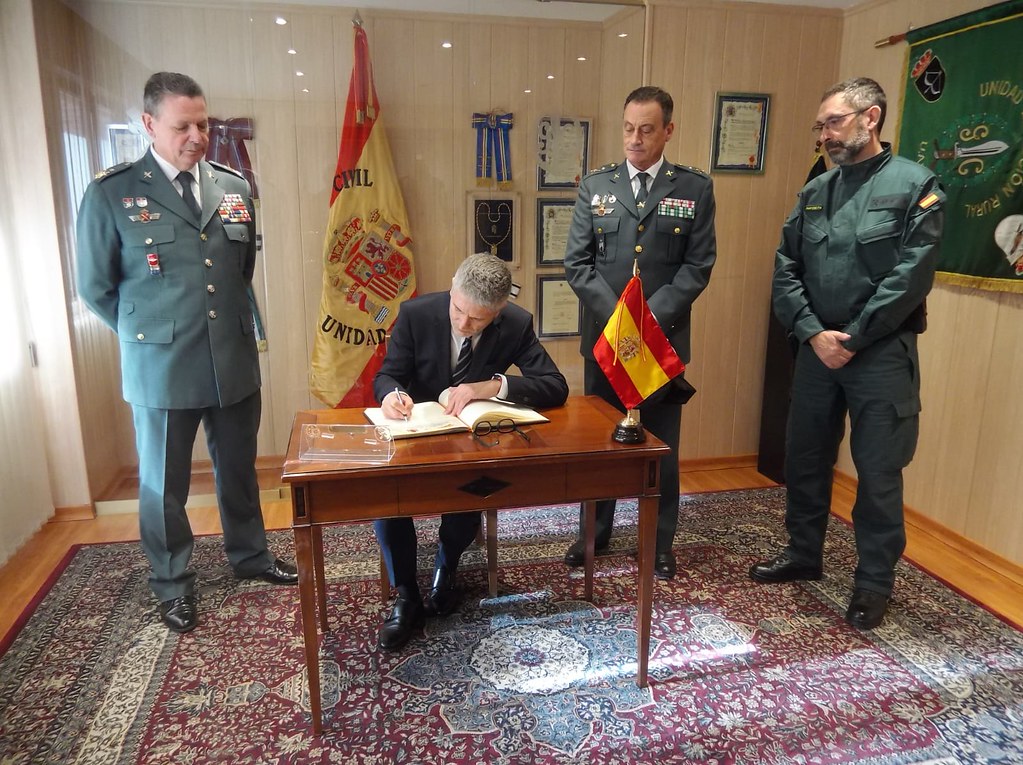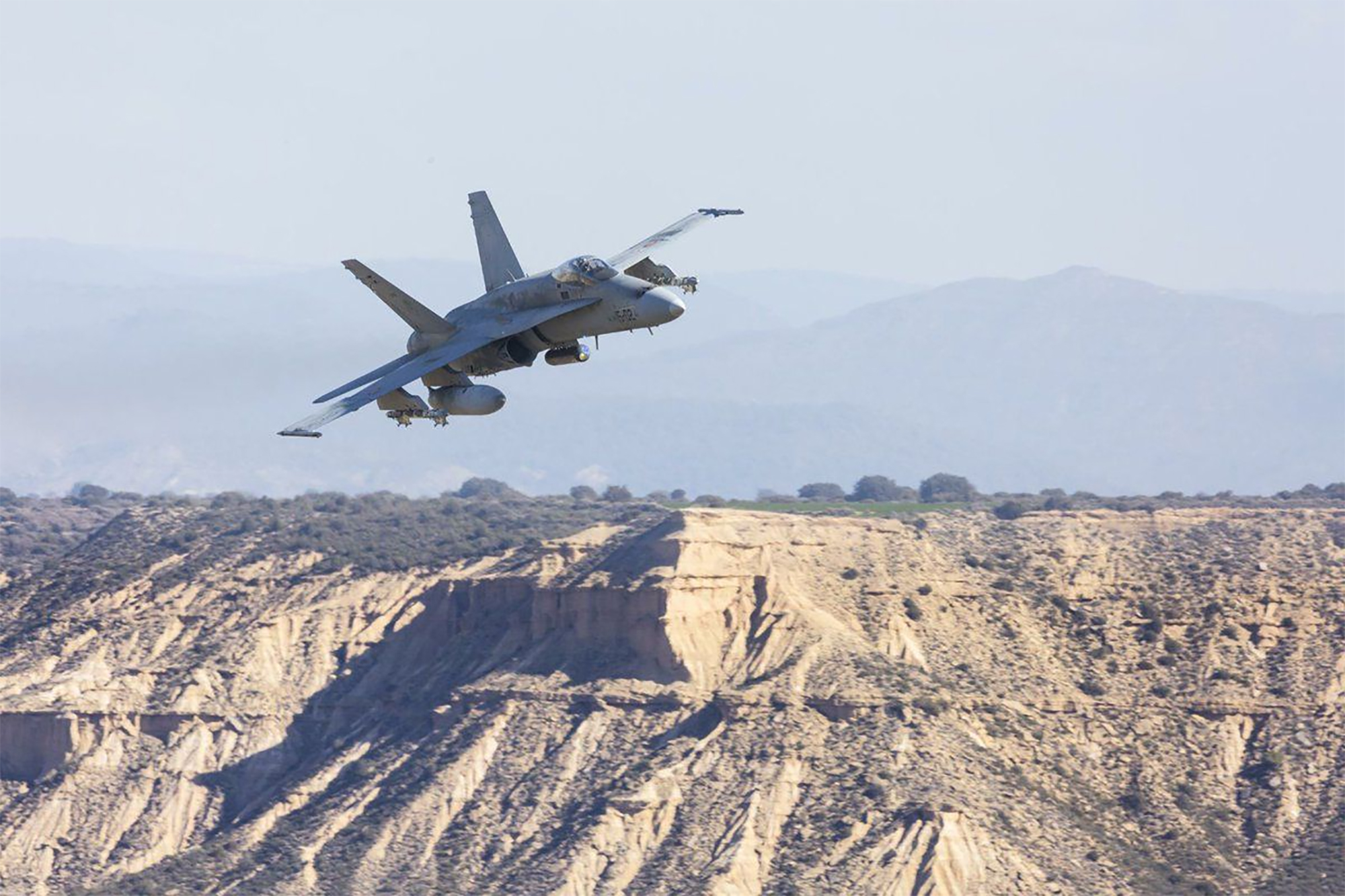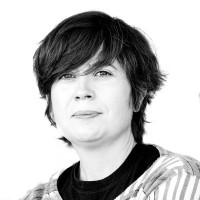Doctors should learn how to care for victims of new military wars
- The Conflict Medicine Congress in Beirut has brought together hundreds of doctors, nurses, health officials and experts from NGOs in the Middle East. Objective: to adapt the medical and emergency structures, plans and techniques of professionals and volunteers to the health damage caused by the new weapons and war strategies. The vast expanses of the world live in perpetual war, and the wounds they inflict on people cannot be heeded without understanding the ecology of war.
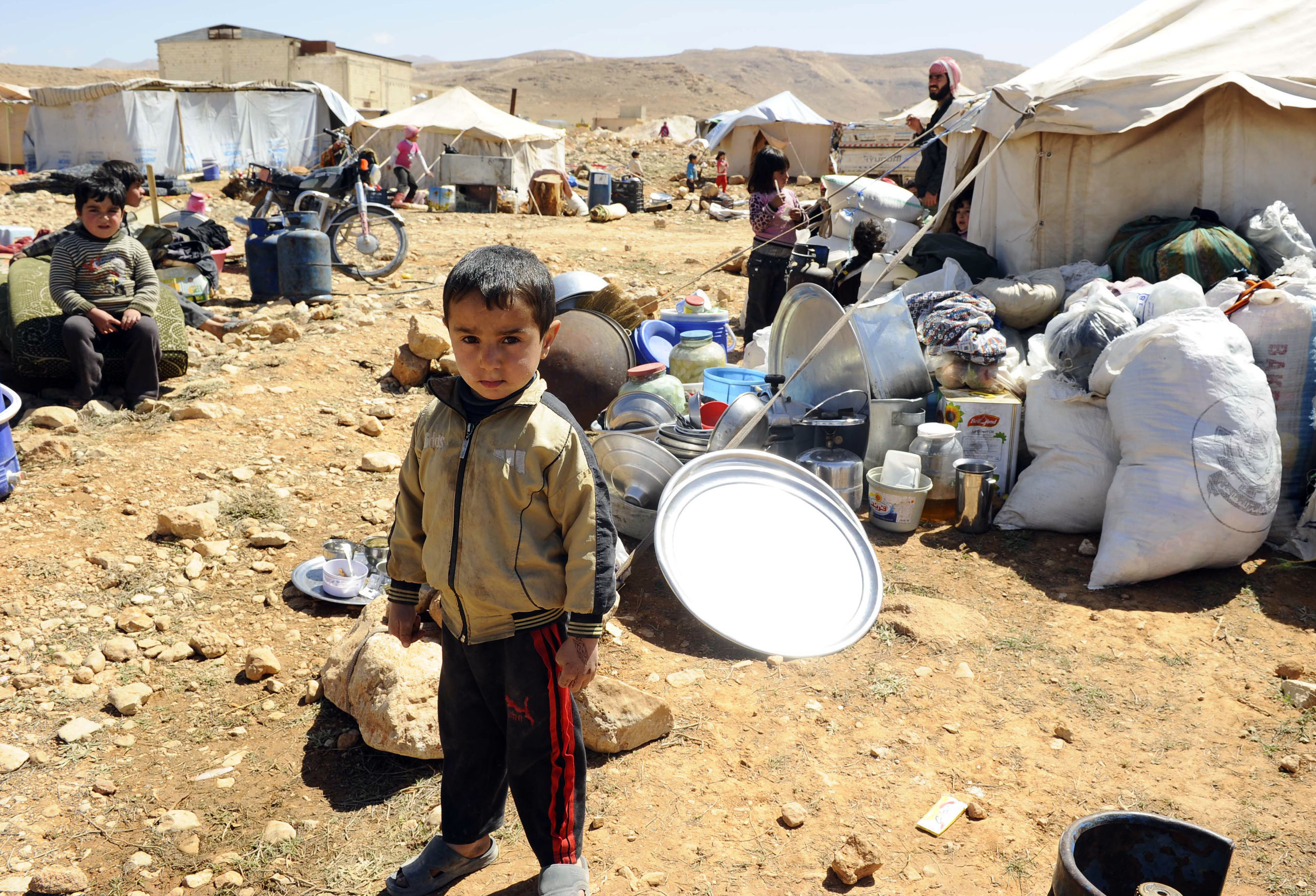
He had to be in Lebanon. If you know somewhere what modern military disasters look like, it's in Beirut. The School of Medicine and Hospital of the American University (AUBMC) has worked hard to repair the damage caused by the last hundred years of conflict in the Middle East. When the 1982 civil war and the invasion of the Israeli Army caused 250,000 deaths and one million injuries in sixteen years in Lebanon, “we treated victims from all parts of the conflict, thus developing great experience in managing the wounds caused by the war,” the leaders of the organization say.
With the invasion of Iraq and the destruction of the entire health system in 2003, thousands of Iraqis, sick and wounded by the war, headed for AUBMC. In the recent outbreak of the disaster in Syria, many of the victims of the Israeli bombing have also arrived at the hospital in Beirut.
Going to listen to the conferences in Beirut made it with a hardened heart, as the serious titles suggest. Acute and chronic effects of chemical warfare. Disaster response: differences between wars. Blasting wound workshop. Mass casualty care in emergency services. The control of hemorrhages in the war, which we have learned in Iraq and Afghanistan. Conflict volunteers: when should they say no. Conflict medicine and war ecology...
Two of the prestigious doctors who participated in the congress, the Palestinian surgeon Ghassan Abu-Sittah and the Lebanese epidemiologist Omar Dewachi, under the patronage of MSF Doctors Without Borders, shared the Conflict-Medicine manifesto in 2015: “With the manifesto we want to emphasize the need to better understand the dynamics of wounds and wounds, within the ecology of war instead.”
In Iraq, Syria, Libya, Yemen, etc., it has been seen that wars are increasingly taking place in cities, which means the proliferation of victims, such as warriors among civilians. The distinction between gudaris and civilians is essentially blurred and the injuries sustained are becoming more and more similar. Therefore, the aid provided to the wounded is limited and inadequate, because health infrastructures have been damaged by the war, often expressly planned.
Injuries have changed with the change of war, but the capacity of doctors who want to treat them has also been reduced. In addition, refugee crises and mass transfers further complicate work, as the health systems of neighbouring countries must take care of the high rates of refugee population.
As for the care of the wounds of the new weapons, the military, creators and rehearsals of them, have developed the advances in the treatment of them in the hospitals of their campaign, while the majority of those injured in the new wars are civilians, these techniques have not reached the civilian hospitals, which face with very little experience wounds with increasingly complex bio-psycho-social components.
But that's not all. “War changes the biosphere, that is, the physical infrastructure and the biological and social environment in which people live. The destruction and change of war is often irreparable and has long-term consequences for people and society.” War creates its ecology and within it viruses and bacteria will not act in the same way.
Every war their ecology
Surgeon Ghassan Abu-Sittah has explained in an interview the importance of understanding the ecology of war. Because today's wars have nothing to do with those of the past. In the times of Napoleon, in the 19th century, two armies collided, mostly on the front, were settled, shot and killed. Most of the injured were combatants and were treated in military hospitals, according to police reports. Then war medicine was created.
On the contrary, the wars we see today in the Middle East are not the ones that begin and end up as the classic wars, with their fronts, intensities and durations. Those of today are long enough to change the ecology of the environment in which people live. They create war ecology.
This peculiar ecology will persist even after the guns have been silenced, changing the environment of people. The physical, psychological and social wounds suffered by people in military attacks are further worsened in these transformed environments.
We have an example of drug-resistant microbes. If there are problems in the operating rooms of hospitals around the world, think of an environment destroyed by war. According to Dr. Abu-Sittah, 85% of those injured in the Iraq war have drug-resistant bacteria and 70% of those injured in Syria.
“This ecosystem of war, the biosphere that generates conflict, also causes changes in bacteria at the DNA level. We work around several theories. (...) So, your biosphere, that green bubble in which you live in conflict, is constantly changing. And it won't go away either the day bombs shut down. (...) Everything changes: bacteria, water, water cycles, toxic waste, reactions of people's bodies... In the families of many Iraqi patients I have seen there are many wounded relatives.”
Poverty is also part of this ecology. If a body injured in an attack tries to heal the nurses in a war-degraded place, the bodies are wounded for the second and third time. In the case of Syria, it also happens far from the battlefields, as in the refugee camps, where the concentration of people in the shelters causes astonishing burns among children.
The destruction of the majority of health infrastructures means that controllable diseases are left untreated: What cancer treatment or dialysis can patients with severe diabetes or cancer follow in Syria, Libya, or Yemen? Are they not victims of war, for not having been wounded with a gun? Attention to mental illness also needs to be reorganized in these persistent crises, the psychological consequences of war and trauma do not work as in the manuals in areas where conflicts have been chronified from generation to generation.
Because of the new wars, many places in the world are in eternal war. Perpetual war. “It’s not over. It lasts all the time. It is not a question of crisis, we are against that word. Here there is no referee announcing the end of a crisis with the Txistu. When the cameras leave, the media first and then the world decide that a crisis is finite.”
“Bag of resilience”, “survival manual”, “backpack of evacuations”: that’s what you can hear in the mouths of the authorities in recent weeks.
Among the declarations of the past month, the European Union has asked the population to prepare a “survival kit” to... [+]
My mother always says: “I never understood why World War I happened. It doesn't make any sense to him. He does not understand why the old European powers were involved in such barbarism and does not get into his head how they were persuaded to kill these young men from Europe,... [+]
Bizitza erdigunean jartzeko abagunea ikusi genuen feministok zein ekologistok Covid-19 pandemia garaian. Ez ginen inozoak, bagenekien boteretsuak eta herritar asko gustura itzuliko zirela betiko normaltasunera. Bereziki, konfinamendu samurra pasa zutenak haien txaletetan edo... [+]
At the end of June we finished the first parts of the book Conversión de la industria militar en Euskal Herria para no fabricar más guerras (Adaptation of the arms industry in the Basque Country so as not to create more wars) La guerra is coming! It explores and investigates... [+]
Intsumituek denbora luzez egindako borroka gogorra eta mingarria izan zen, baina irabazi zuten, eta garaipen hura behin betikoa izango zela uste genuen, atzera bueltarik gabea. Baina badirudi, politikari batzuen ahotik aterata, eskalada militaristari gorazarre egin eta berriz... [+]
Europako Batzordeak aurkeztu duen plana ustezko gerra edo hondamendi baten aurrean “bizirauteko” kit batetik harago doa: hogeita hamar neurri proposatu ditu eskoletan, enpresetan eta herritarren artean militarismoa eta beldurra sustatuko dutenak.
“Ez dugu gerraren aurrean etsi nahi, ez dugulako hilerrietako bakea nahi”, dio manifestuak, eta agintariei irtenbide politiko baten alde lanean jartzeko eskatu diete. Sinatzaileen artean daude Delàs institutua, Gernika Gogoratuz edo Ongi Etorri Errefuxiatuak... [+]
Orain dela 20 bat urte, berrikuntzaren inguruan master bat egin nuen. Bertaraturiko gonbidatu batek esan zigun gizakion historian berrikuntza teknologikoaren eragile handiena gerra izan zela. Gerra, halaber, eragile handia da botere harremanen berrikuntzan.
Berrikuntzaz ari... [+]
Israelek eraso masiboak abiarazi ditu berriro ere Gaza osoan: Khan Younis eta Rafan Gaza hegoaldean, Gaza Hirian iparraldean eta eta Deir el-Balah-n erdialdean. "Familiak seme-alaben gorpuzkiak eskuetan zituztela iristen ziren ospitalera", adierazi du lekuko batek.









